The Romance and Rage of Rashbi
Last year, and as far back as anybody can remember, though perhaps not as far back as many think, hundreds of thousands of Jews flocked to the town of Meron in Northern Israel on Lag BaOmer, the thirty-third of the forty-nine days that are counted from the second day of Passover until Shavuot. They light huge bonfires; binge on free food; and drink, pray, and sing themselves through the night into a kind of group ecstasy. It is the world’s largest annual Jewish pilgrimage festival.
When I was there last Lag BaOmer, the smell of marijuana was pervasive, as was generosity of spirit and easygoing camaraderie among all walks of Jewish life—from those who wear shtreimels to those who wear tattoos. During an earlier visit, some Sephardi guys waved me over to their little tailgate grill and insisted that I share their midnight snack, to benefit the soul of a deceased relative.
This year the main bonfires will be lit, as they always are, by leading Hasidic rebbes and kabbalists, with the Boyaner Rebbe going first using an expensive garment as both kindling and a kind of sacrifice. But, by order of the Knesset, they each may be accompanied only by a minyan, a bare ruined choir of Hasidim. This marks the third time in five years that attendance at Meron will be severely curtailed. In 2020, it was the COVID-19 pandemic. In 2021, a terrible crowd stampede resulted in the deaths of forty-five men and boys and led to vastly reduced crowds in 2022. This year, the government has decided that a crowd of more than one hundred thousand Jews, concentrated in a small area less than six miles from the Lebanese border, just beneath the military base and air traffic control station that sits atop Mount Meron, would provide too tempting a target for Hezbollah.
In the technical halakhic sense, Lag BaOmer is not really a festival, and it is not attested to in any of the classical sources. So how did the Hilula de-Rashbi, as the Meron Lag BaOmer celebration is called, become such a large, and largely Hasidic, pilgrimage—and rave?
They say that Rabbi Shimon bar Yochai (known by the acronym “Rashbi”) composed the mystical Zohar during the thirteen years that he hid from the Romans in a cave in the second century. They say that his grave is in the village of Meron, on the lower slopes of the highest mountain in the Galilee. They say that Lag BaOmer is the day he died, his hilula, or yahrzeit, though some traditions say it was his wedding anniversary, or the day he emerged from his cave, or the day he completed the Zohar. If you asked any of the hundreds of thousands of Jewish pilgrims who came to Meron in the past, or the few dozen who will come this year, they would tell you that Rashbi in fact died on the thirty-third day of the Omer, and that is why we visit his grave in Meron on that day. And yet, this is not as much of an explanation as one might think.
The death dates of great rabbis and other great Jewish leaders have been marked since late antiquity—but as days of solemnity and fasting. The Shulchan Arukh lists twenty-one such dates, including several that commemorate the death and martyrdom of some of Rashbi’s contemporaries, but there is no mention of Rashbi and no mention of celebrations to mark the death of any rabbi. In the nineteenth century, Rabbi Joseph Saul Nathansohn wrote that “all rejoice at the hilula de-Rashbi” and then raised this very issue: “I am astonished, for, on the contrary, one should fast over the death of a righteous sage, and we indeed fast over the death of the righteous, so how can they make a holiday out of the death of our great rabbi, Rashbi?”
A horrifying tale recorded by Rabbi Yosef Sofer in his Edut Be-Yehosef, published in 1765, already anticipates Rabbi Nathansohn’s objection:
A wealthy man came from Izmir, near Istanbul—he had to travel by sea. He came here, to the grave of Rashbi on Lag Ba-Omer, with his only son. When he saw the joy, he was greatly astonished by the rejoicing. He let out a great cry, saying: “Rashbi died on this day. We should be weeping today, yet you rejoice!?” He reprimanded them greatly, and the rejoicing was cancelled. The next day, the only son fell ill, grew weak, and died. That night, Rashbi came to him in a dream and said: “Since you negated my joy, I have negated yours.” Ever since they saw that he approves of the joy, they make as great a celebration as possible.
In Sofer’s story, the pilgrim from Izmir gives voice to official rabbinic tradition when he objects to the revelry, leading to its temporary cancellation. Its conclusion conveys why the celebrations continued in the face of tradition: Rashbi took the cancellation personally and exacted retribution on the pilgrim from beyond the grave, killing the man’s only son. The tale makes no attempt to justify the practices on the grounds of authoritative texts and tradition. Rather, these folk practices will continue because they are what Rashbi wants, neglecting them is an affront to him, and he responds with supernatural vengeance, causing illness and death and appearing in dreams.
In a later, softer retelling of the story, the pilgrim’s objection is not to the celebration itself but to the custom of burning expensive clothing at the bonfires. As a result, the pilgrim falls ill, and Rashbi appears in a dream to explain that his illness is the result of his dampening Rashbi’s joy. The visitor then repents and is miraculously cured.
Contrast this image of Rashbi with the one articulated by my friend Moishy last spring. I had planned to finally make the pilgrimage to Meron, to satisfy curiosity and prepare this article. But with only a day or two left before Lag BaOmer, I was starting to despair of finding a ticket that would get me to Mount Meron in time for the lighting of the first bonfires at midnight. Moishy, a regular visitor to Rashbi’s grave, had no practical advice but reassured me—via WhatsApp—“Rashbi will take care of you,” and “Rashbi wants you with him on Lag Ba-Omer.” The vengeful Rashbi of the eighteenth century had been replaced by a saintly, avuncular figure, someone who cares for us and appreciates visitors, especially on his special day.
My conversation with Moishy turned out to be an early indication of the attitude toward Rashbi that I would encounter when I eventually made it to Meron last year. The hilula is all about what Rashbi likes and wants, what Rashbi feels, what Rashbi can do. The evening’s playlist consists of hymns and paeans to the sage himself, which is highly unusual in Jewish practice. Individual figures from the Jewish past, with the possible exceptions of King David and Elijah the Prophet, are not the subject of extended liturgical cycles. Almost every placard and billboard refers to Rashbi, even in the names of organizations—like Segulat Rashbi, which distributes “cold American grape juice” free of charge—or as part of a personal plea:
Dear brothers, help!!! The young man, David Zvi ben Liba, has been suffering for almost two years and needs a great deal of mercy from heaven. Please, when you ascend to the grave of the divine Tanna, pray on his behalf!!! Grant us a complete healing, in the merit of our master, Bar Yohai!!!
The grape juice is a sober update to an old custom—the donation of chai rotl—eighteen rottolo, or about fifty-four liters—of drink for the pilgrims, considered a segulah (charm) to help the childless to have children. The practice is attested in this 1912 letter from the Bobover Rebbe:
Since you have heard from the people of our holy land, may it be rebuilt and re-established, that they have a tradition that a powerful segulah for the childless, may the Merciful One save us, is to donate chai rotl of drink on the day of the hilula at the grave of the divine tanna Rashbi, may his merit protect us and all Israel, I have chosen you as an emissary to evoke the goodness of the couple Meir, son of Haya Leah, and his wife, Sarah, daughter of Sheindel, that blessed God grant them viable offspring speedily, with no impairment or damage, and to donate on their behalf chai rotl of drink, as is customary.
Going strictly by talmudic evidence (and Sofer’s story), Rashbi would seem to be an odd subject for veneration or prayerful requests. He is depicted as something of a misanthrope, utterly intolerant of human weakness, critical of any motive but the purest, dismissive of any pursuit but the holiest. A great scholar and miracle worker, to be sure, but far from warm and cuddly and anything but the patron saint of the simple Jew. The Rashbi of the Zohar, however, is a man of the people, the revealer of esoteric wisdom in preparation for the final redemption. And the image of Rashbi that Moishy holds, and which dominates the festivities at Meron, is all about the common folk. “Rashbi la-kol”—“Rashbi is for everyone”—has become something of a slogan for the hilula.
Another refrain at the hilula is “likhvod ha-Tanna ha-eloki, Rabi Shimon bar Yohai” (In honor of the godly Tanna, Rabbi Shimon bar Yohai). A popular song that is sung here introduces a slight mispronunciation: “Likhvod ha-Tanna ha-Elokai, Rabi Shimon bar Yohai” (In honor of the Tanna, the my God [sic], Rabbi Shimon bar Yohai”). Perhaps this is no more than a simple rhyme (Elokai/Yohai), but this egregious conflating of Rashbi with the Almighty, which flouts both Hebrew grammar and Jewish theology, hints at a pagan temptation hovering over the bonfires of Meron—may Rashbi forgive me for saying so.
Rabbi Raphael Yosef Hazan described and condemned the practice of burning expensive clothing and other things in those bonfires three hundred years ago in his Responsa Hikrei Lev:
It seems to me that the custom of which I heard, that in the holy city of Safed, may it be rebuilt and reestablished, they kindle expensive objects, worth 300 or 500 gold pieces, at the hilula of Rashbi, of blessed memory—they wrap them in oil and kindle them—I can find no angle to permit this. It seems there is a prohibition of “you shall not destroy” . . . And I do not believe that the early sages practiced thus . . . And though I know that the greatness of Rashbi, of blessed memory, is in the highest heavens and on the earth, and who am I to speak about something that pertains somewhat to his honor? . . . Yet my heart tells me that he would not this.
In 1874, the Ashkenazi Rabbi of Safed, which is near Meron and maintains custody over Rashbi’s grave, responded to such criticism by publishing an entire halakhic treatise defending the practice of burning clothes and explaining why it is not a violation of the biblical commandment against wanton destruction.
Various spiritual explanations have also been offered for the practice. Some see it as a disavowal of the material. Others explain it as an act of communion with Rashbi, who is said to have buried himself naked up to his neck in sand as he studied Torah in his cave.
Still others see it as a form of sacrifice. The very first source to link Rashbi with Meron carries a grain of Rashbi’s eschewal of worldly riches is a medieval midrash:
It transpired with one student of Rabbi Shimon bar Yohai who went outside the land [of Israel] and returned wealthy. The disciples saw him and envied him; they, too, wished to go abroad. Rabbi Shimon learned of this and led them out to a valley facing Meron. He said, “Valley, valley, be filled with gold denarii.” It began to pull in gold denarii before them. He said to them, “If it is gold you seek, here is gold. Take for yourselves. But know that anyone who takes now is taking from his share in the next world, for the reward for Torah is only in the next world.” (Numbers Rabbah)

Today, the burning of clothing has been so ritualized that there is little sense that it signifies sacrifice or the forsaking of riches. Most viewers are too far from the kindling to tell how expensive or luxurious the garment is. However, the true sacrificial spirit seemed present at a small booth I encountered at the entrance to Meron. It advertised a free “kosher phone”—a cellular phone that cannot run apps or even receive texts—to anyone who would smash their smartphone right there. The walls of the booth were lined with shattered smartphones, a sort of postapocalyptic sukkah.
According to the campaign poster behind the booth, smartphones lay claim to our time and attention, distracting us from what is important and filling our minds with nonsensical and dangerous ideas and images. I could not really disagree, even as I snapped a photo of the booth on my smartphone and put it safely back in my pocket.
Ultimately, though I strive to live up to Franz Rosenzweig’s famous paraphrase of Terence, “Nothing Jewish is alien to me,” my visit to Meron severely tested the limits of this aspiration. I remain deeply uncomfortable with the central idea of the hilula, that Rashbi, dead for 1,800 years, experiences joy that can be enhanced by pilgrims, is subject to mood swings, and intervenes concretely in our daily lives. But, again, may Rashbi forgive me for saying so.
Suggested Reading
No Jewish Narnias: A Reply
Michael Weingrad responds to readers of his essay on the dearth of Jewish fantasy literature.
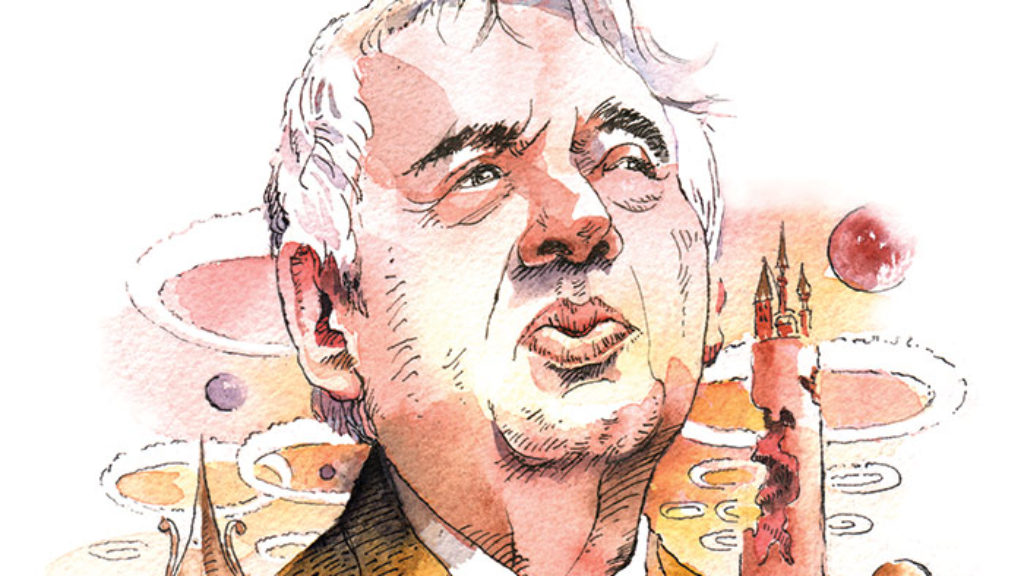
Harold Bloom: Anti-Inkling?
It’s a bit surprising to come across Harold Bloom’s confession that the literary work that has been his greatest obsession is not, say, Hamlet or Henry IV, but a relatively little-known 1920 fantasy novel.
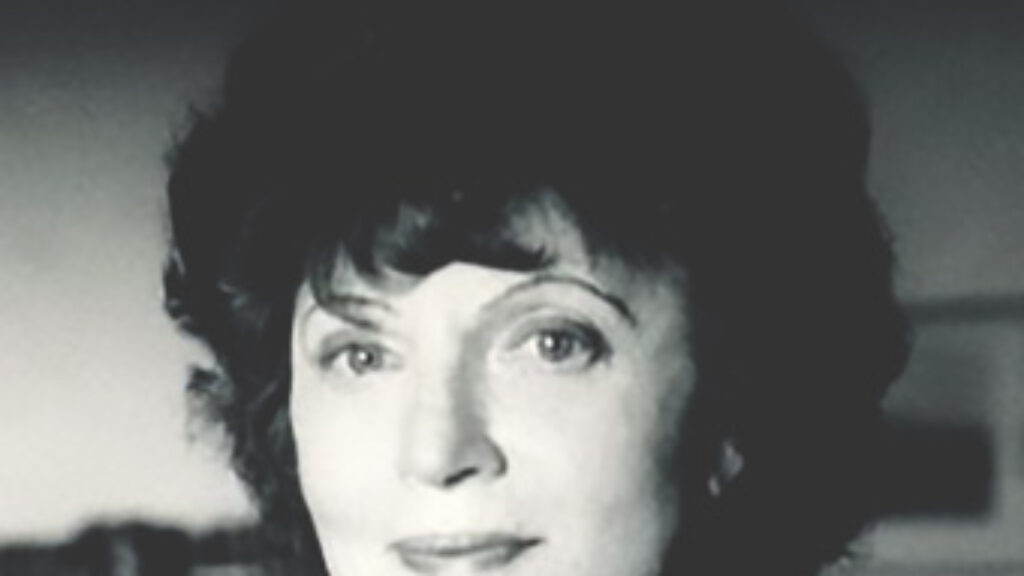
The Gentile Jewess
Am I Gentile? Am I a Jewess? Both and neither. What am I? I am what I am.” Muriel Spark at 100.
Riding Leviathan: A New Wave of Israeli Genre Fiction
A new batch of Israeli fantasy books may not contain Narnias, but they pound on the wardrobe, rattling the scrolls inside.
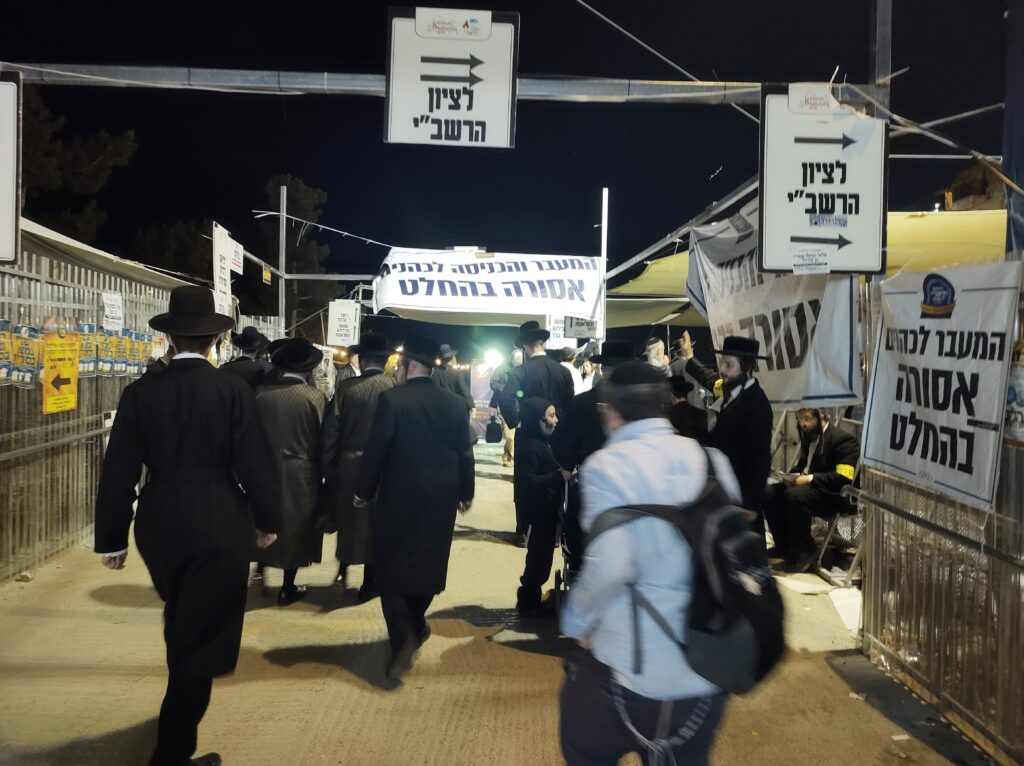
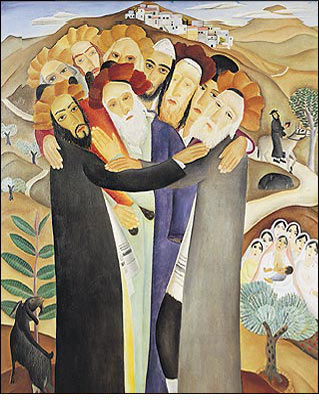
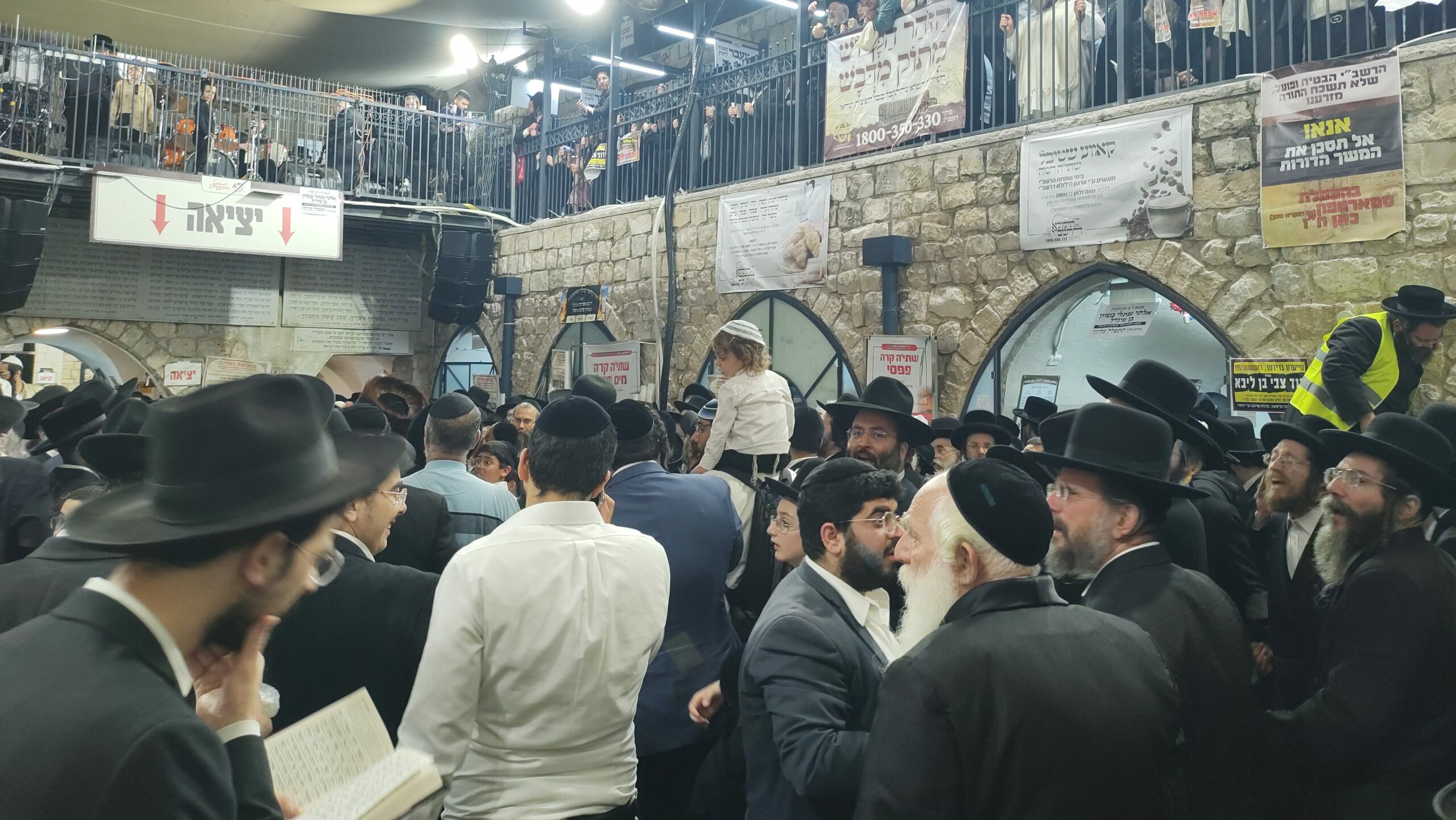
Comments
You must log in to comment Log In